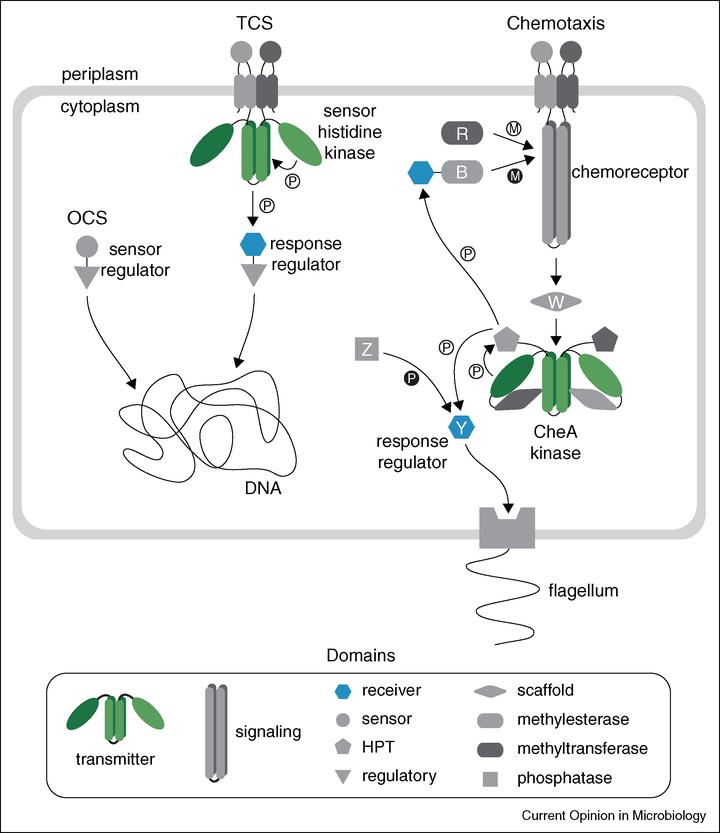Evolution and phyletic distribution of two component signal transduction systems

Abstract
Two-component signal transduction systems are abundant in prokaryotes. They enable cells to adjust multiple cellular functions in response to changing environmental conditions. These systems are also found, although in much smaller numbers, in lower eukaryotes and plants, where they appear to control a few very specific functions. Two-component systems have evolved in Bacteria from much simpler one-component systems bringing about the benefit of extracellular versus intracellular sensing. We review reports establishing the origins of two-component systems and documenting their occurrence in major lineages of Life.
Type